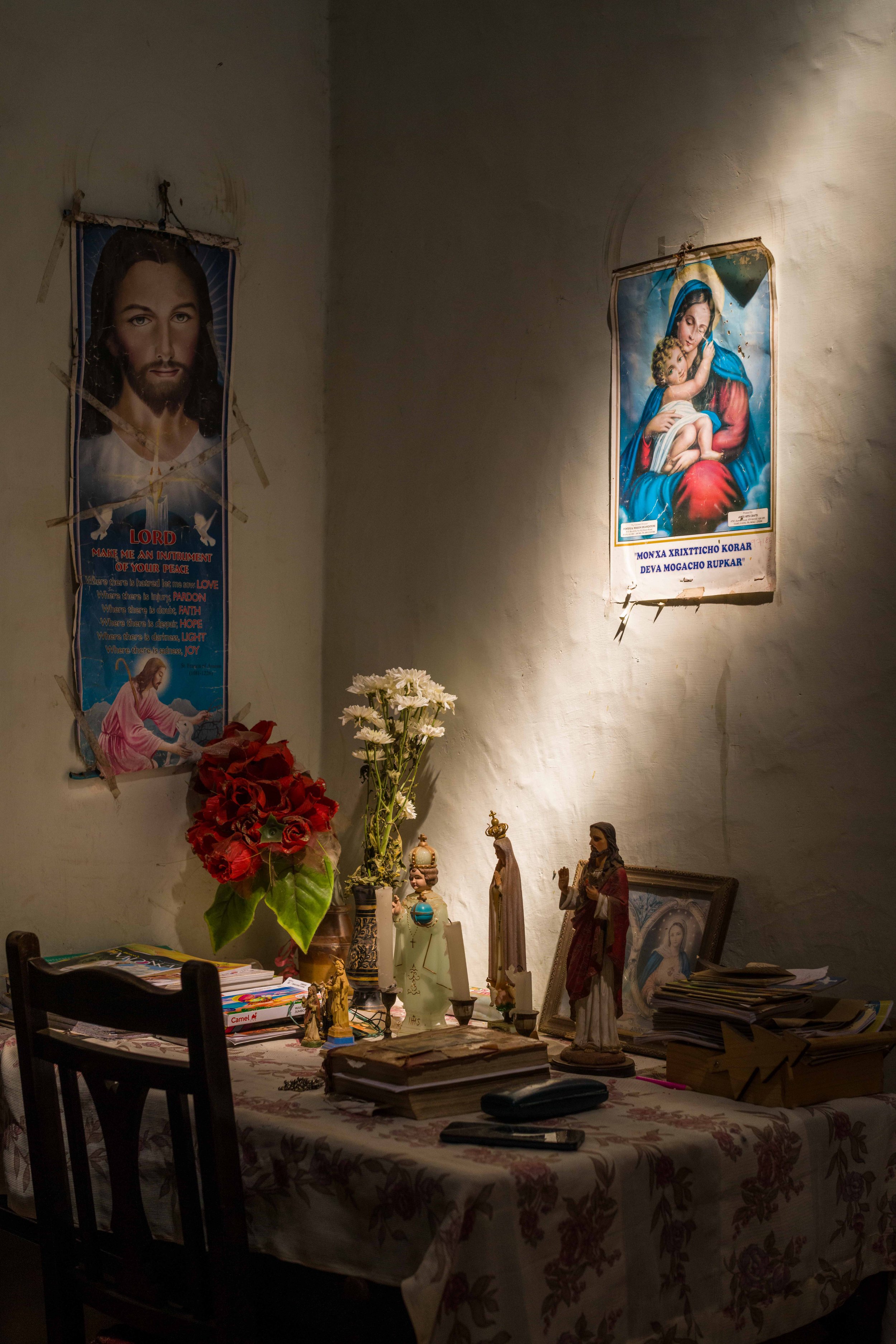THE MEMORY KEEPERS AND FUTURE SEEKERS
Goa, 2021-2024
A visual and literary exploration of Goa’s centuries old homes. A look at architecture beyond the realm of form and function - as a conduit to time and memory. Going beyond the physciality of architecture, antiques and artefacts, the personal stories of families and their fragments of memories form the emotional foundations that make a house — a home. While bringing the larger histories softly into focus, the book also gently serves to spark conversation regarding the futurity of these homes. How can Goa’s homes of the past, adapt to the present and sustain the future on emotion alone?
“In the face of incomplete histories and fragile memories, Ulka’s photography amplifies the stories and spaces of Goans, a last bastion against the violence of erasure and cultural homogenisation in India today.” - Art Historian and Writer, Nicole-Ann Lobo
For further information on the book and to place your order, please visit the The Memory Keepers and Future Seekers link here.

























